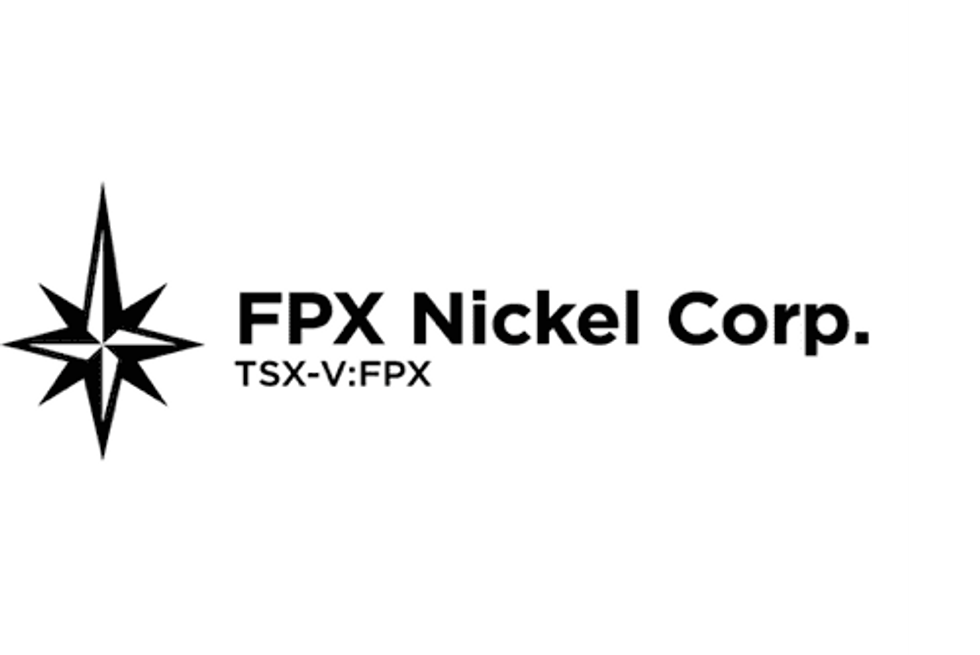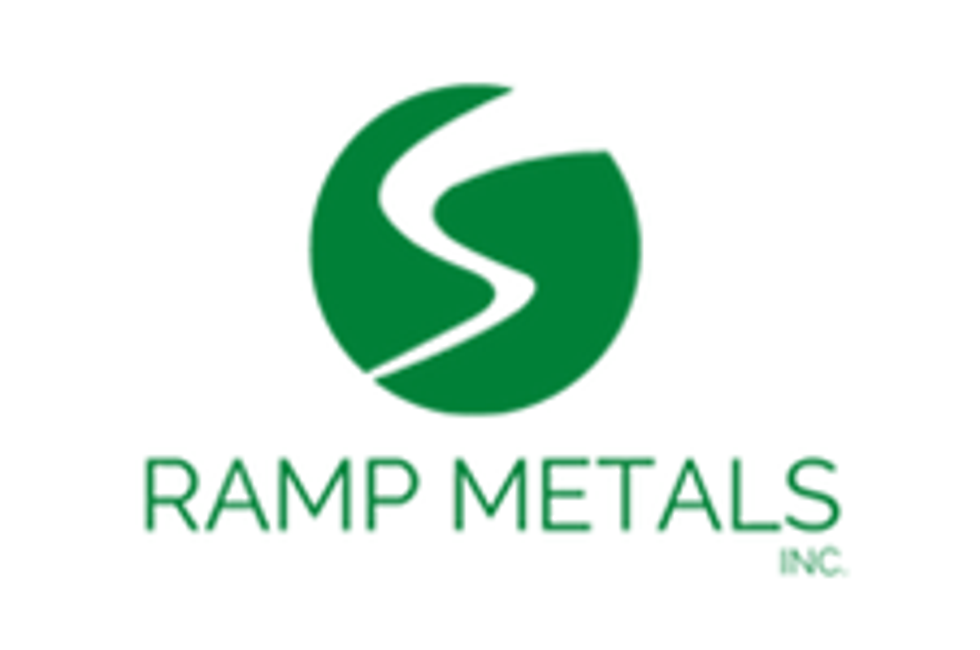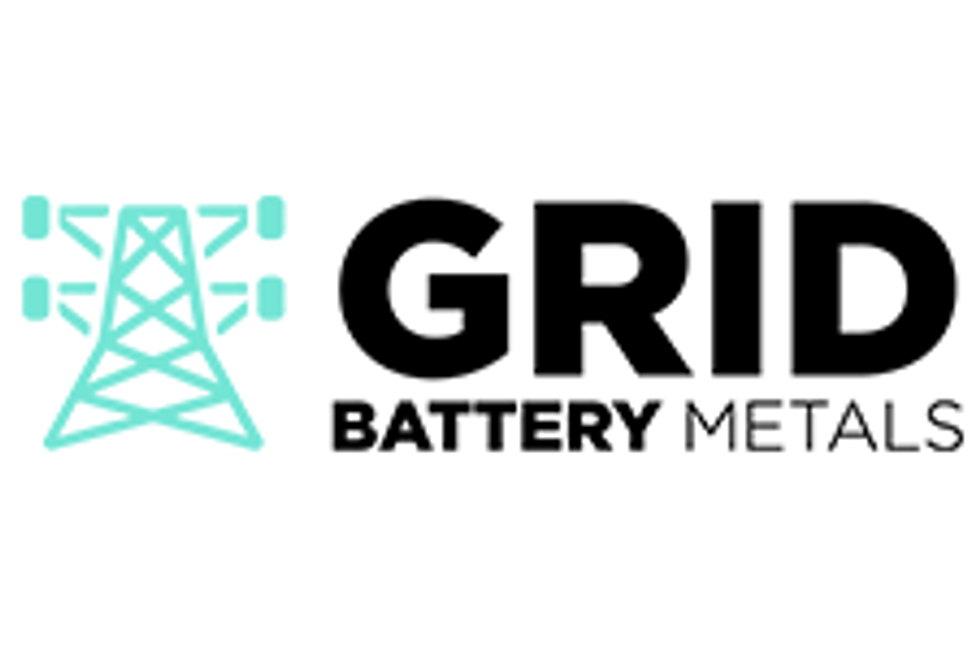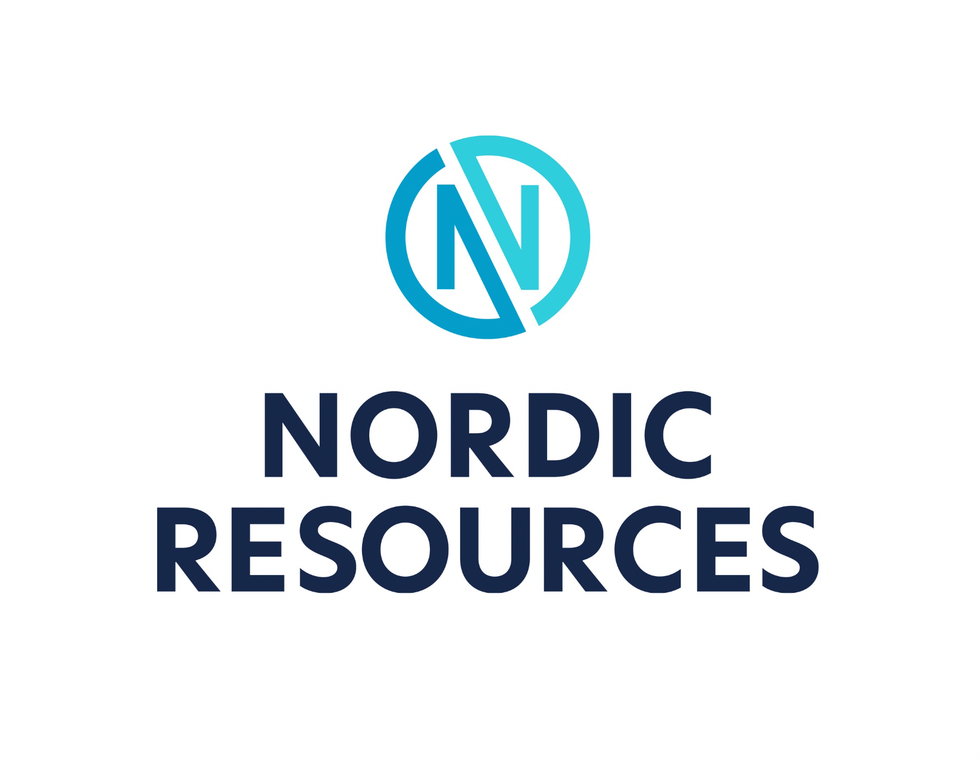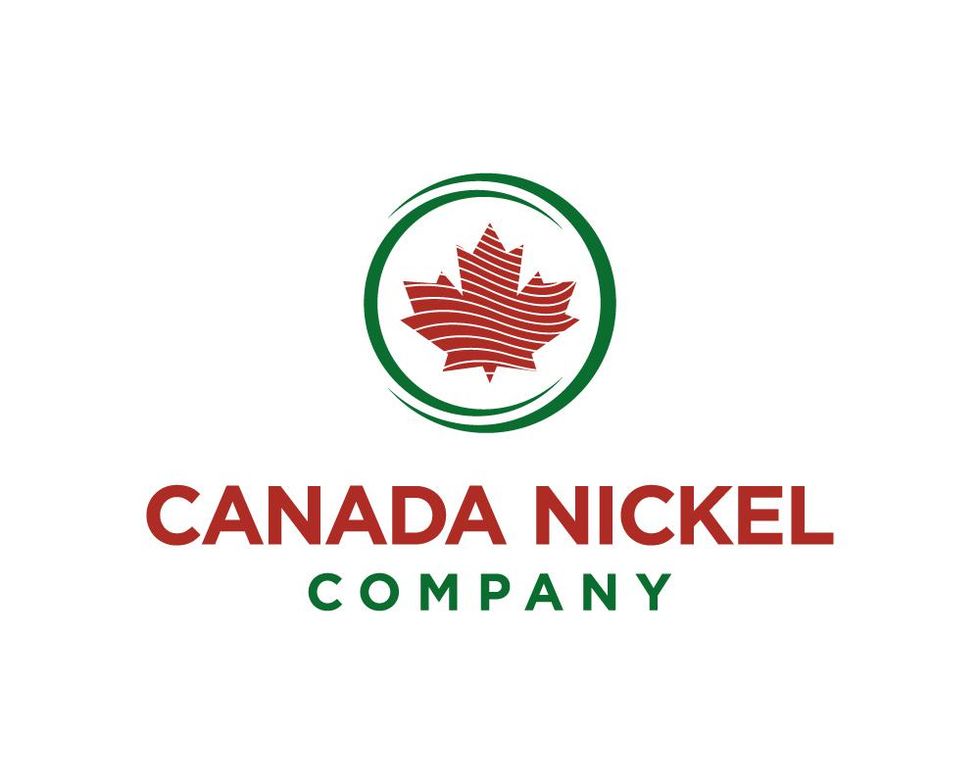Norway’s Intex Signs Deal with MCC8 Group to Develop Mindoro Nickel Project
The Mindoro Nickel project is expected to come into production earliest in 2015. Norway’s Intex Resources earlier this month signed a memorandum of understanding with a Chinese firm to develop the project. The chairman of Intex, Jan Vestrum, talks about the project, Chinese investors and nickel prices.
By Karan Kumar – Exclusive to Nickel Investing News
The Mindoro project – the world’s newest nickel venture — is expected to come into production earliest in 2015 after Norwegian miner Intex Resources ASA (OSE:ITX) earlier this month said it had signed a memorandum of understanding (MOU) with MCC8 Group Co. Ltd., a Chinese state controlled engineering and construction company and a former division of China’s largest nickel producer Jinchuan Group (HKG:2362).Mindoro Nickel in the Philippines is Intex Resources’ flagship project and was developed through a feasibility study in 2010. The deposit in Mindoro was found and developed by Intex and its Philippine affiliates, who have defined over 300 million tonnes of nickel laterite resources to date, potentially making the deposit one of the largest worldwide. Under the terms of the MOU, MCC8 will be granted a project management contract to form a consortium that will manage finance, construction and operation of the mine. MCC8 and its partners will have a first right of refusal/option to buy up to 90 percent of the project in a staged process for $296 million. Intex will keep 10 percent of the project and have the right to buy back 10 percent for $60 million.
The next step in the process is to form a consortium with experienced partners to get the project underway. Jan Vestrum, Chairman of Intex, recently spoke to Nickel Investing News about the project’s development, the future of nickel prices and the growing global presence of Chinese investment in the mining sector.
Nickel Investing News (NIN): What is the latest development regarding the Mindoro project in the few weeks after you signed on MCC8 as a partner?
Jan Vestrum (JV): The present focus is on converting the MOU to the final Project Management Contract (PMC). After signing the MOU, we have received considerable interest from potential financial and industrial partners that have expressed interest in becoming a part of the consortium. There seems to be a lot interest in participating in this large, green, low-cost producing asset. We are working towards finalizing the PMC this quarter, but mining is a time consuming business. I have worked on this project for 14 years and getting it right will more important that finishing it quick.
NIN: Can you tell us a little more about the potential investors you are talking to?
JV: We have received a lot of interest to participate in the future consortium to develop the mine. A handful of them have considerable financial strength and obvious skills for the project. We will start talks with some of them in mid-February.
NIN: Can you explain the reasons behind the decision to build this project in three phases?
JV: The underlying basis for the MOU is feasibility study of a 53,000 tonnes a year plant. A scoping study done by Intex in 2011 is looking at building the same capacity, but in three stages of parallel production lines of 17,000 to 18,000 tonnes a year. The changes suggested in the scoping study, to build the project in three phases, will reduce initial capex and technical risk by using solutions and equipment that have been used elsewhere successfully. We have seen that nearly every large project, 50,000 tonnes or bigger, has struggled with performance, but projects of 10,000 to 30,000 tonnes a year have done very well. Based on experience from other projects, we decided to reduce engineering and construction risks by looking at a solution to build a smaller initial plant that can be extended with parallel lines using standard building blocks.
NIN: When do you see the Mindoro project producing nickel?
JV: Looking at milestones going forward, getting the PMC finalized is our main focus to be done this quarter. MCC8 and Intex have initiated talks with a number of potential consortium members and will work toward having a considerable part of the consortium in place during Q2 this year. Negotiations with a preferred operator are ongoing and will most likely be the next milestone to be met after the PMC. After this we aim to bring in further consortium members, including a partner from the Philippines. From the Mindoro mine, production at the earliest will commence in 2015. That is the soft target for production.
NIN: Tell us a little bit about the nickel market and where you see it headed in the next few years in terms of supply and demand and prices?
JV: Around 1.5 million tonnes of nickel is produced yearly. Jinchuan produces about 150,000 tonnes. The nickel market has come down a little bit due to pig iron production, which has been a substitute. As far as we can judge, the large nickel producers believe the influence of pig iron will be reduced and possibly disappear over the next two to three years due to lack of profitability. Several of the large producers and some analyst believe we can see the nickel price back at $12 to $13 a pound over the next one to three years. Even though capacity is coming on, if the pig iron market is eliminated, the outlook is positive with an upside as high as 30 percent to 40 percent.
NIN: You chose a Chinese company to partner with. Do you see the trend of Chinese companies and the government investing and partnering more with Western miners growing in the future?
JV: Looking at the Western world, where the financial markets are in unrest, the availability of funds and willingness to take risks is low. The Asian region is still quite positive and has a good momentum. There were other potential Asian partners we spoke to, but we felt that MCC8 and Jinchuan were the best firms we could partner with. We think China is probably one of the few countries that actually is investing in the market situation that we currently have. Capital markets in the Western world are very challenging, and, in that context, I think it makes sense to look toward not only China but also Asia, where there is still considerable growth. Again the ambition level of the Chinese is rational. I believe they do have the funds and skills available to grow. As for Philippines, it seems to make sense for Jinchaun to build a strategic asset close to China. It makes political, strategic and financial sense to invest close to their country. The trend of trying to tap Chinese companies for Western miners is even stronger now simply because other players are not there. It is a trend we have seen for a while and it continues to grow.
Securities Disclosure: I, Karan Kuamr, hold no direct investment interest in any company mentioned in this article.

